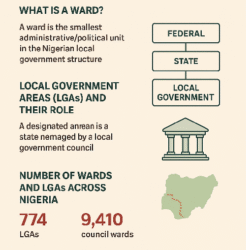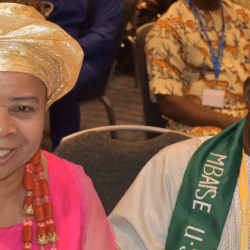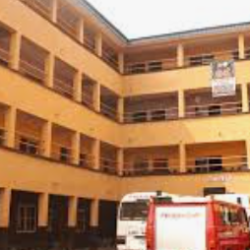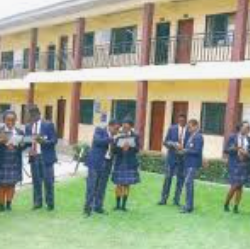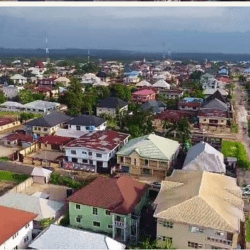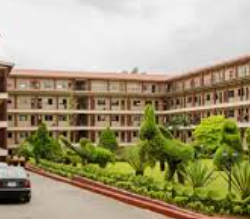Mbaise is a regional area located in Imo State, southeastern Nigeria. Set in the heart of Igboland, it includes several towns and cities.
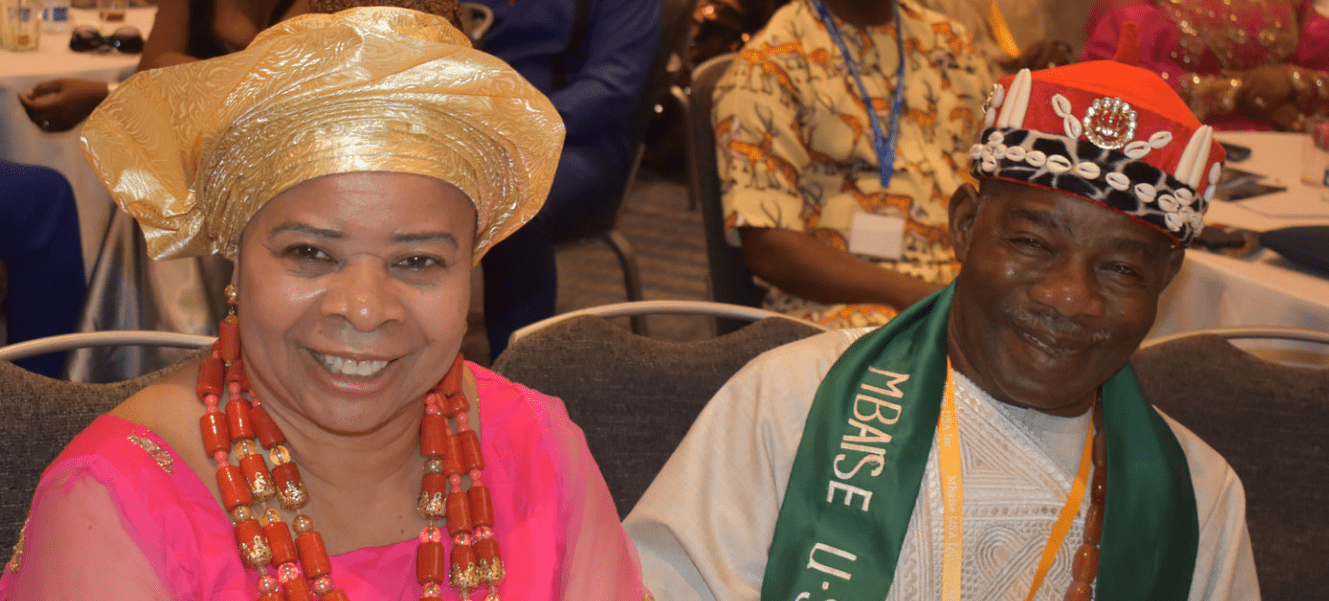
The name “Mbaise” was derived from five clans: Agbaja, Ahiara, Ekwereazu, Ezi na Ihite and Oke Ovoro. The area of Mbaise (the three Local Government Areas) is about 404 km²: Aboh Mbaise (185 km²), Ahiazu Mbaise (111 km²), Ezinihitte Mbaise (108 km²).
History
Before 1902, when the Aro expedition was carried out by the British Colonial powers to subdue the Aro slave trading oligarchy, Mbaise had not come under British rule.
By 1906, at the conclusion of the operation, the present day Mbaise consisting of the three Local Government Areas (Aboh, Ahiazu & Ezinihitte) was effectively brought together under British control while leaving in place a semblance of local authority.
To keep the whole clan under effective supervision, a native court was established at Obohia in 1907 but pressure from the likes of Eze Cyril Akagbulem Unamka of Amuzi and Chief Nwaturuocha of Nguru caused the transfer of the court to Nguru in 1909.
In 1929, the Nguru court was destroyed as a result of the Igbo Women’s War. Sectional courts were subsequently opened in Obohia, Itu, Ife and Enyiogogu in response to the increasingly popular “Home Rule” movement of the 1930s.
The coming together of the people under a common political and administrative unit was secured in 1941. By 1945 councils had been formed based loosely on blocs of autonomous communities.
The group councils and their number of autonomous communities recognized in Mbaise were: Ezinihitte – 16; Agbaja – 7; Oke-Ovoro – 4; Ekwerazu – 6 and Ahiara -6 (source: Ekechi 1989:179) A few more autonomous communities have been created in the past few years.
It was from councils that the three local governments were created. Ahiazu LGA was a merger of Ahiara and Ekwerazu councils and Aboh LGA was a merger of Oke-Ovoro and Agbaja councils. Ezinihitte remained by itself except for the secession of two small villages – Isu Obiangwu and Umuohiagu which joined Ngor-Okpala from the Agbaja area in Mbaise.
Modern Mbaise
Mbaise is divided into three Local Government Areas, namely: Aboh-Mbaise, Ezinhitte Mbaise, and Ahiazu Mbaise.
Aboh-Mbaise is home to Nkwogu, one of the first and prominent markets in Mbaise.
Aboh-Mbaise is also the home of Nguru, a very prominent town in Mbaise.
Ahiazu Mbaise is home to three prominent markets- Afor-Ogbe in Ahiara- harbouring the biggest albattoir in Mbaise land, Afor-Oru also in Ahiara Mbaise and Nkwoala Umuokrika which is the biggest Market and known point in Ekwerazu.
While the most popular market, Nkwo Mbaise is located in Ezinihitte Mbaise.
Mbaise’s population today is in excess of 1 million people.
Subsistence farming still accounts for a major part of the occupation. Yams, cassava, palm fruits, vegetables and fruits are the main agricultural products. However, since the end of the Biafra/ Nigerian civil war, the quest for improved standard of living, academic excellence and the crave for enterprise have helped an unprecedented boost in the fortunes of Ndi Mbaise. Mbaise boasts of legions of doctors, lawyers, public administrators, educators, artists, engineers, scientists and entrepreneurs.
Mbaise also has one of the highest concentrations of Catholic priest in the world.
In addition, some famous ex-priests hail from the area, among the well-known ones include Eze Enyeribe Onuoha, the current traditional ruler of Umuchieze autonomous community in Ihitteaforukwu and Sylvester Eze Ebisike, a former management consultant and prolific writer and author of numerous books and publications. Ndi-Mbaise are avid travellers and adventurers.
There is in progress a large flux to the Americas, Europe and Asia.



